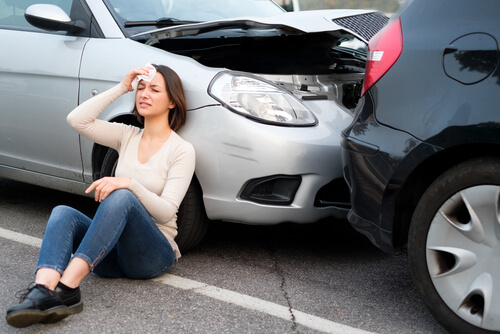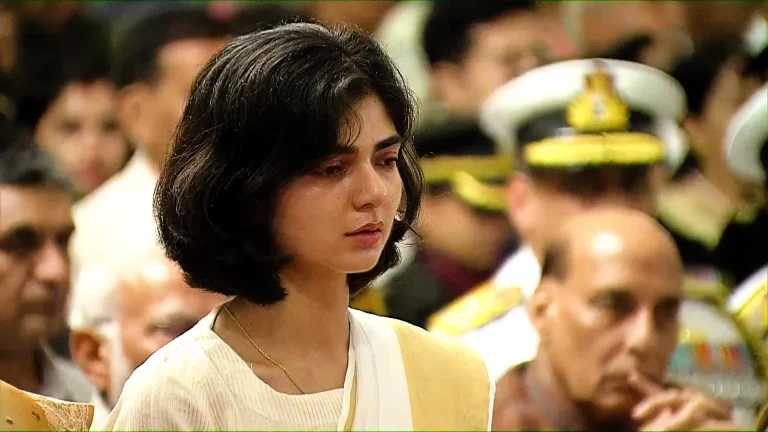If you’ve lived in Morningside for a while, you’ve probably noticed the police around a lot more lately—but not just when something’s gone wrong. They’re showing up in ways that feel different.
Instead of only seeing flashing lights at an intersection, you might bump into them handing out hot chocolate at a school zone. Or maybe you saw them helping set up cones at the roller-skating night a few weeks ago.
It’s a shift you can feel. And if the past few months are any sign, the Morningside Police Department aren’t just talking about “community policing”—they’re actually doing it.
The School Zone Cameras Everyone’s Talking About
Back in February, the town quietly switched on new stop-sign cameras in all six school zones. No big ribbon-cutting. No TV crews. Just a straightforward move to make sure drivers slow down where it matters most.
The timing wasn’t random. Parents had been voicing concerns for months about people rolling through stop signs, even with kids crossing. The cameras aren’t about revenue—they’re about making people think twice before blowing past a stop sign.
“Look, if it slows people down, it’s worth it,” one parent told me at drop-off outside Beanes Elementary. “I’d rather someone get a ticket than have a close call with a kid.”
And that’s really the point. The technology isn’t replacing officers—it’s backing them up. It’s a safety net in spots where an officer can’t always be standing watch.
Skating With the Cops? Yes, Really.
If you think “roller-skating” and “police department” don’t belong in the same sentence, you missed a fun night in May.
The Morningside Police helped put together a free community skating event at 6901 Ames Street, and it was exactly what it sounds like—kids, parents, and yes, a few brave officers on wheels.
The best part? Nobody was there to make speeches or push an agenda. It was just a few hours where uniforms blended in with hoodies and skates. You could see kids start to relax around officers, chatting like they would with a neighbor.
One mom laughed as she told me, “My son just asked if Officer Green can come to his birthday party now. That’s not something I thought I’d ever hear.”
Why This Approach Feels Different
Here’s the thing—a lot of police departments say they want to connect with the community. Morningside is actually doing it in a way that feels authentic.
It’s not about big PR moves or press conferences. It’s about the little moments—the quick wave from a patrol car, the officer who remembers your kid’s name, the cop who helps untangle a kite in the park.
And it’s also about balance. The cameras in school zones send a clear message: safety comes first. But the skating nights and casual conversations make sure people don’t only associate police with tickets and emergencies.
Where This Could Go
If they keep this up, there’s room to do even more. Imagine a summer block party hosted by the department. Or a “coffee with a cop” at the local diner where you can actually bring up concerns face-to-face.
The formula is simple: keep people safe and make them feel seen. And right now, Morningside’s police seem to understand that one doesn’t work without the other.
Final Word
Policing isn’t just about enforcing the law—it’s about building trust so the law actually works.
The cameras will keep drivers in check. The community events will keep conversations going. And somewhere in between, you’ve got a town where people and police are starting to see each other as partners instead of just roles.
That’s a change worth noticing. And if it keeps up, Morningside might just become the example other towns look to.







